AFI
SOURCE: AFI
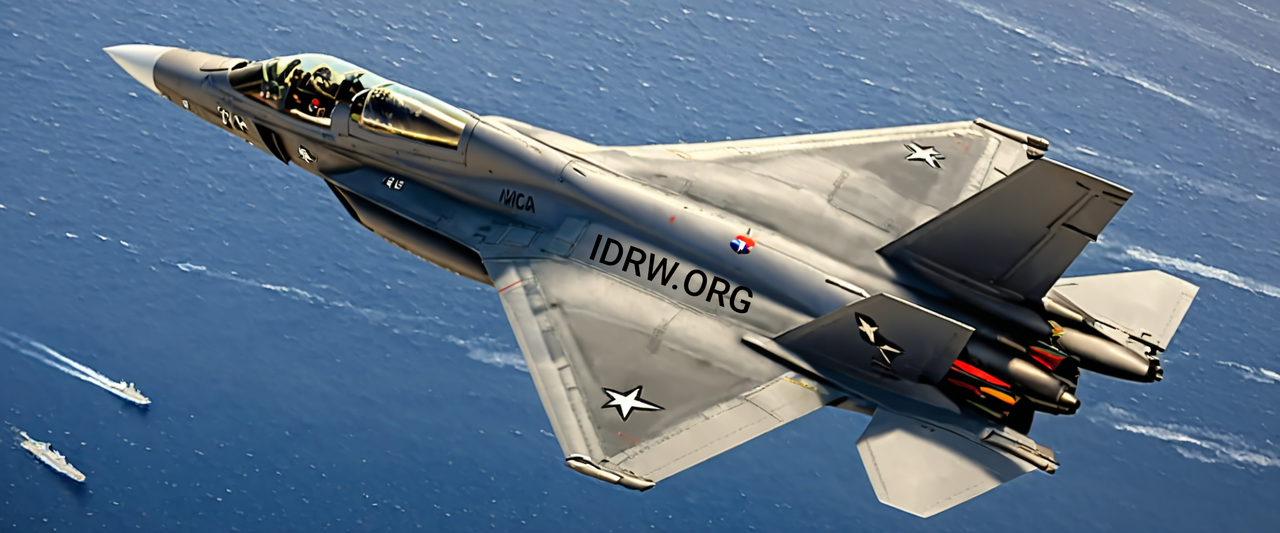
India is reportedly on the brink of joining the exclusive group of nations that possess the capability to manufacture indigenous fighter jet engines, a technological leap that would mark a significant milestone for the country’s defense and aerospace sectors. Currently, only the five permanent members of the United Nations Security Council—China, France, Russia, the United Kingdom, and the United States—have mastered the complex science of fighter jet engine development.
According to a recent report from The Financial Times, India is receiving offers from several global defense players, including France, the UK, and the US, all vying to assist in the development of a cutting-edge jet engine for India’s next-generation fighter jets. However, the US offer, led by General Electric (GE), comes with certain caveats that may affect India’s decision-making.
Continue readingSOURCE: AFI

Kalyani Strategic Systems, a leading Indian defense manufacturer, has emerged as a strong contender in the Uttar Pradesh Police’s tender for 2000 5.56×45 carbines. The company’s CQB carbine, designed by the Defence Research and Development Organisation’s Armament Research Development Establishment (ARDE), is one of the shortlisted options for the contract.
The CQB carbine offers a compelling combination of lightweight design, effectiveness in close combat, and compatibility with existing ammunition. Weighing just 3.2 kilograms and measuring less than 800 millimeters in length, the carbine is highly maneuverable and suitable for operations in confined spaces.
Continue readingSOURCE: AFI

Sisir Radar, a leading Indian space and defense startup, has achieved a significant milestone by successfully flying its first X-band Synthetic Aperture Radar (SAR) onboard its own drone. This breakthrough demonstrates Sisir Radar’s commitment to innovation and technological excellence, solidifying its position as a key player in the Indian defense industry.
The X-band SAR boasts an impressive resolution of 0.4 meters (azimuth) x 0.3 meters (range), making it the first Indian SAR to achieve such a high level of detail. The initial image, measuring 495 meters x 854 meters, showcases the exceptional performance and capabilities of this cutting-edge technology.
Continue readingSOURCE: AFI

In a surprising display of solidarity, Russian soldiers have been captured on camera writing a pro-India message on an artillery shell. The message, which reads “Hindus and Russians are brothers. Let’s unite to defeat fascism,” was shared on social media by a Russian streamer.
While the exact context of the image remains unclear, it is a testament to the strong historical and cultural ties between India and Russia. The message also reflects the shared sentiment of both nations in their opposition to fascism and extremism.
Continue readingSOURCE: AFI

In a significant development towards India’s Green Tug Programme, Kazutaka Nishimura, Director of Toshiba’s Battery Division, visited Hindustan Shipyard Limited (HSL) along with the Chairman of Lotus Wireless (LWT). The meeting focused on strengthening collaboration in developing advanced battery solutions for green vessels, aligning with the Government of India’s commitment to eco-friendly maritime practices.
Hindustan Shipyard, a pioneer in India’s green shipping revolution, is thrilled to partner with global leaders like Toshiba and innovative Indian companies like LWT. Kazutaka Nishimura expressed Toshiba’s enthusiasm for contributing to India’s green energy transition, particularly in the maritime sector. He emphasized the pivotal role of Toshiba’s cutting-edge battery technology in achieving the ambitious goals of the Green Tug Programme.
Continue readingSOURCE: AFI
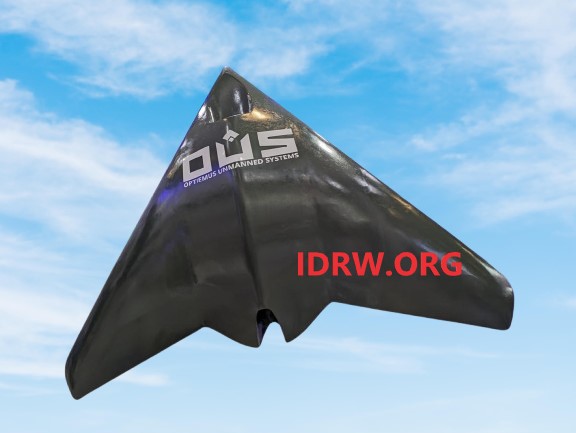
Optiemus Unmanned Systems (OUS), a subsidiary of Optiemus Infracom, has announced the development of its latest innovation in unmanned aerial technology—the OPTIEMUS Abhedya Unmanned System. The new platform is designed to cater to high-endurance missions, offering advanced capabilities in surveillance, geo mapping, and reconnaissance. With its stealth-shaped flying wing configuration and turbojet propulsion, the Abhedya UAV marks a significant leap in India’s indigenous unmanned aerial systems (UAS) sector.
These features allow the Abhedya to operate in both civilian and military environments, providing essential data for geo mapping, long-range surveillance, and monitoring critical infrastructure.
Continue readingSOURCE: AFI
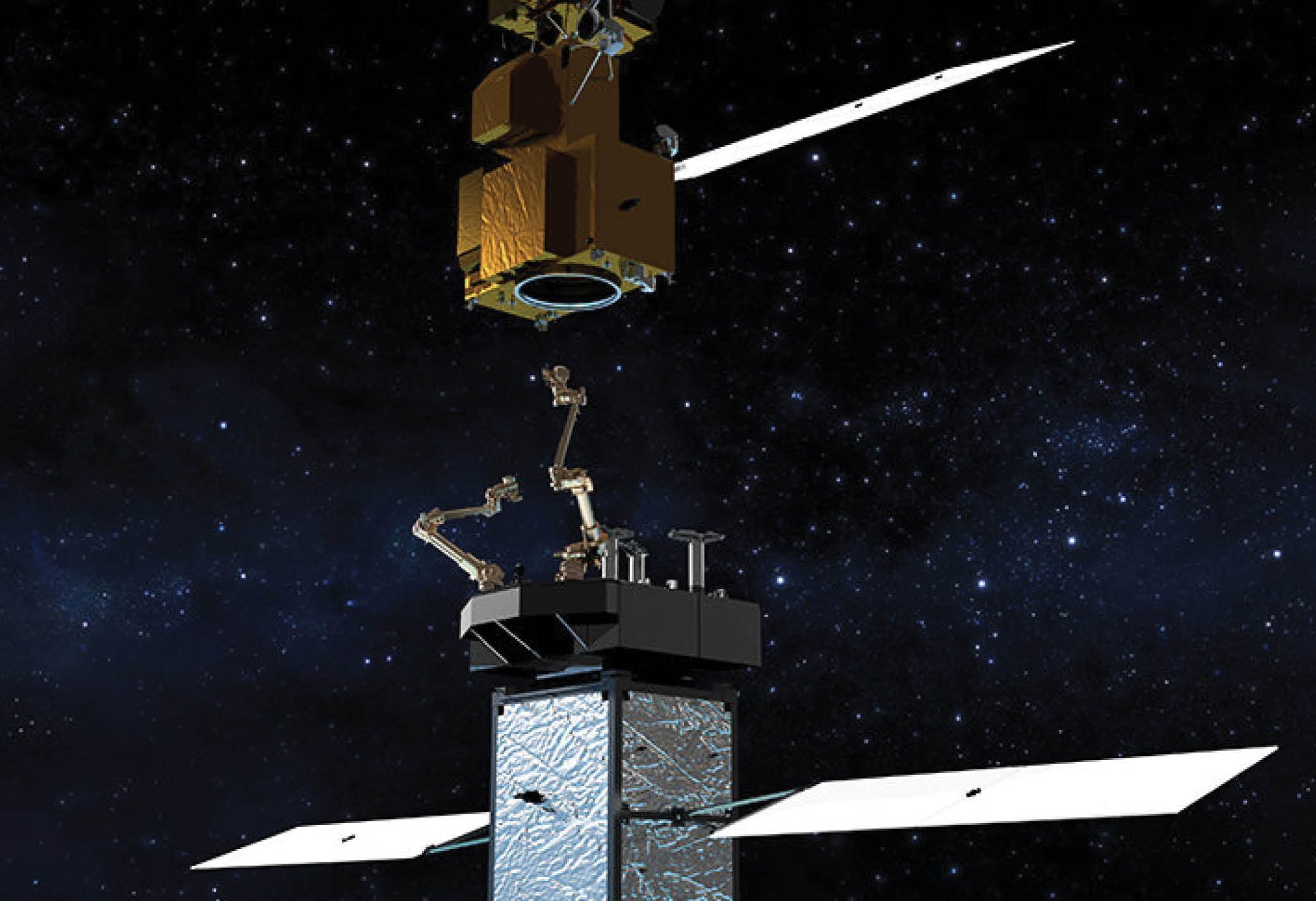
The Indian Air Force (IAF) is calling upon the private sector to design and develop cutting-edge technologies for Autonomous Docking Operations aimed at enabling On-Orbit Maintenance and Refueling (OOMR) of space assets. This ambitious initiative is part of the IAF’s broader efforts to enhance the operational longevity and capability of India’s space-based assets through innovative space servicing technologies. The project represents a significant leap in the country’s space capabilities, particularly in the areas of spacecraft refueling, maintenance, and upgrading operations while in orbit.
As space becomes an increasingly critical domain for defense, communications, and surveillance, maintaining the health and operational effectiveness of satellites and spacecraft is paramount. To address this, the IAF has launched a project to develop Autonomous Docking Technologies for on-orbit servicing of space assets, including refueling, maintenance, and upgrading operations.
Continue readingSOURCE: AFI

In a significant display of indigenous military technology, the South Western Command of the Indian Army recently showcased the Akash Weapon System. However, the highlight of the event was the first public appearance of the Akash Missile Replenishment Vehicle, a crucial support component that had previously remained under wraps.
The Akash Missile Replenishment Vehicle, seen for the first time, is a vital logistical asset designed to enhance the operational efficiency of the Akash Weapon System. The vehicle is capable of transporting three Akash missiles at once and is equipped with a crane system, enabling the swift and safe transfer of missiles onto the launcher. This functionality is critical in ensuring that air defense units can rapidly replenish their missile stocks during sustained combat operations, reducing downtime between missile firings and maintaining a constant state of readiness.
Continue readingSOURCE: AFI

In a significant step towards bolstering India’s underwater defense capabilities, the Cabinet Committee on Security (CCS) has given the green light for the construction of nuclear-powered attack submarines (SSNs). The move marks a major milestone in India’s indigenous defense manufacturing capabilities.
The plan is to initially build two 6,000-tonne SSNs at the Ship Building Centre (SBC) Visakhapatnam. Each submarine is estimated to cost around Rs 15,000 crore. These SSNs will play a crucial role in deterring potential adversaries, particularly China’s growing presence in the Indian Ocean Region.
Continue readingSOURCE: AFI

In a significant move to enhance its precision-strike capabilities, the Indian Air Force (IAF) has selected JSR Dynamics, an emerging defense technology company, to develop Range Extension Kits (REK) for its 250kg High-Speed Low-Drag (HSLD) bombs. The project falls under the ADITI 1.0 industry challenge, initiated by the Innovations for Defence Excellence (iDEX) program. This selection marks a step forward in the IAF’s modernization efforts, aimed at increasing the operational effectiveness of its existing munitions.
The Range Extension Kits (REK) developed by JSR Dynamics will be assisted with a booster and an Electro-Optical Infrared (EOIR) terminal guidance system. This combination is expected to increase the range of 250kg HSLD bombs by over 150 kilometers, significantly enhancing the standoff strike capabilities of the IAF. With these kits, Indian aircraft will be able to release munitions from a safe distance, avoiding enemy air defenses while achieving greater precision in targeting.
Continue readingSOURCE: AFI

Air Chief Marshal Amar Preet Singh, the newly appointed Chief of Air Staff, announced on Friday a significant advancement in the Indian Air Force’s (IAF) modernization efforts with the development of the Netra MkII Airborne Early Warning and Control System (AEW&CS). The project will be based on Airbus A321 aircraft, which will undergo extensive modifications to serve as airborne surveillance platforms. Negotiations between the Defence Research and Development Organisation (DRDO) and Airbus are ongoing, with Airbus tasked with converting the commercial jets into high-tech reconnaissance aircraft while DRDO focuses on developing the mission systems.
Airbus Defence and Space (ADS), headquartered in Spain, has been selected as the lead contractor for the critical task of converting six pre-owned A-321s, acquired from Air India, into the advanced Netra MkII AEW&CS platforms. These aircraft will undergo a comprehensive transformation at Airbus’ Military Aircraft Design and Engineering department in Getafe, Madrid, transitioning from passenger jets into sophisticated airborne surveillance systems.
Continue readingSOURCE: AFI
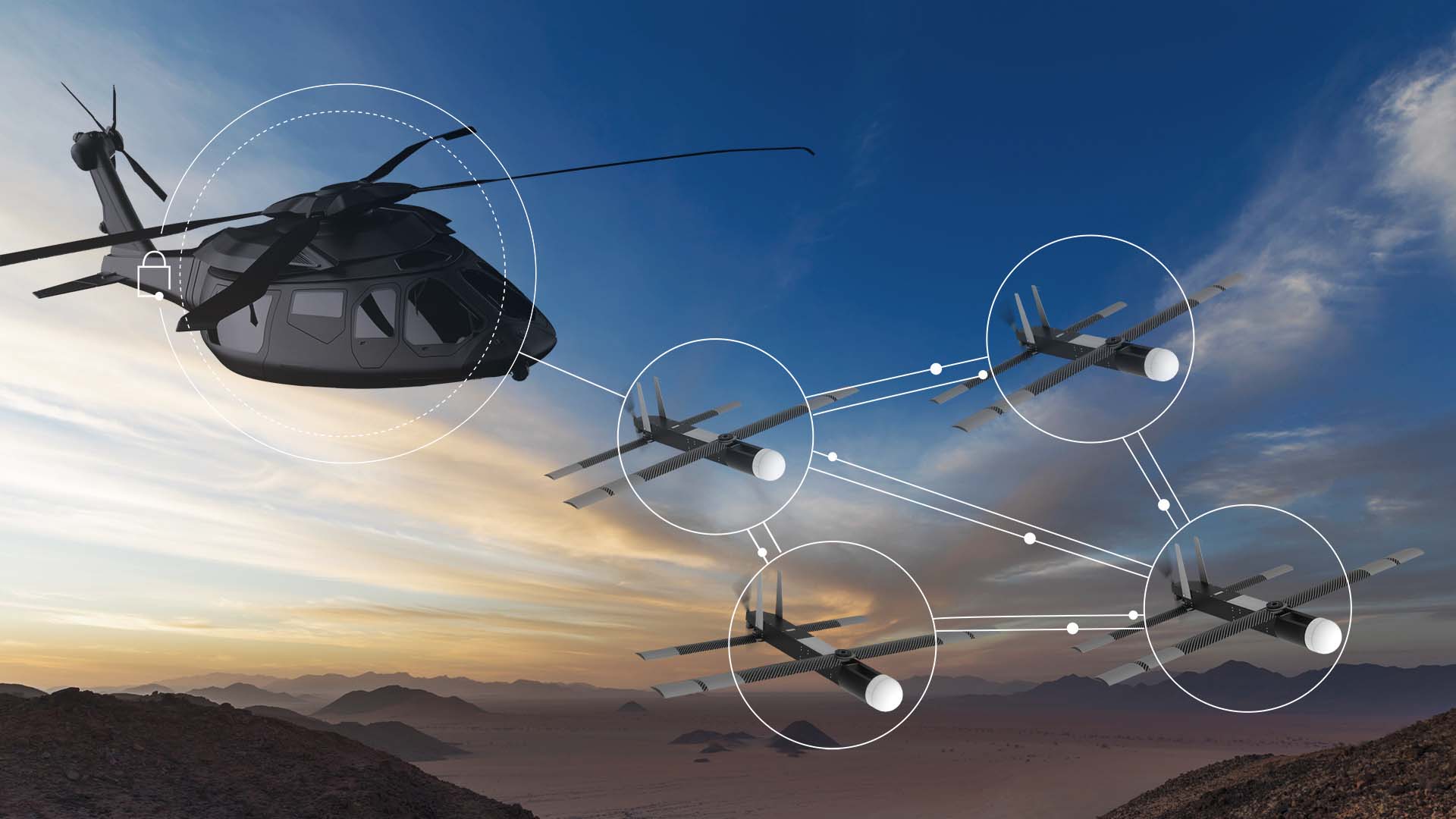
Drones Tech Lab, a Kolkata-based technology firm, has emerged as the winner of the iDEX ADITI 1.0 challenge, a prestigious initiative aimed at fostering innovation in India’s defense sector. The company’s groundbreaking development of a helicopter-launched weaponized drone has earned them recognition and support from the Ministry of Defense (MoD).
The iDEX ADITI Edition 1.0 challenge, launched by the MoD, sought to identify Indian startups capable of creating a cutting-edge weapon system for the Indian Air Force (IAF). The desired system was a helicopter-launched drone equipped with Man-Unmanned Teaming (MUM-T) capability with a range of 40km.
Continue readingSOURCE: AFI
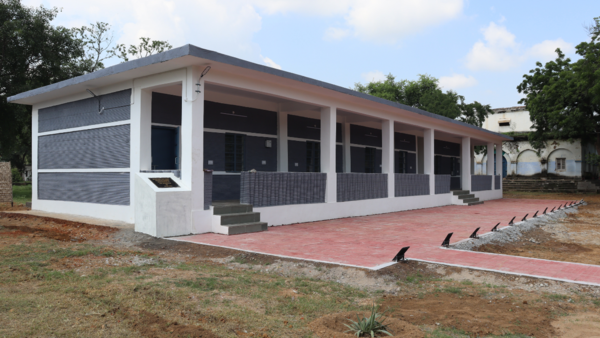
Telangana-based Simpliforge Creations and the Indian Institute of Technology, Hyderabad have teamed up with the military engineer services (MES) to set up the Indian Army’s largest and Madhya Pradesh’s first 3D printed building at Morar Cantonment in Gwalior, Madhya Pradesh. The building, which will house barracks for jawans with a capacity to accommodate 14 jawans, was built to demonstrate efficient housing solutions for troops in remote and challenging terrain.
Simpliforge Creations co-founder & CEO Dhruv Gandhi said while the foundation work for the 11-11.5 ft tall structure, spread over around 2500 sq ft, was done using conventional construction techniques, the 10-ft tall portion above the ground, excluding the beam, was all 3D printed in just a month’s time.
Continue readingSOURCE: AFI

In a surprising policy reversal, Maldives’ newly elected President Mohamed Muizzu has agreed to continue defense cooperation with India, allowing New Delhi to deploy defense platforms in the Indian Ocean archipelago. This comes shortly after Muizzu’s government initially requested the withdrawal of Indian military personnel stationed in the Maldives, a move that was seen as a fulfillment of his election promise to reduce foreign military presence.
President Muizzu, who came to power on an “India Out” campaign, initially pushed for the withdrawal of Indian military personnel stationed in the Maldives for humanitarian and disaster relief operations. These personnel had been deployed as part of a longstanding agreement between the two nations to bolster regional security and humanitarian assistance in times of crisis.
Continue readingSOURCE: AFI

The Indian Air Force’s (IAF) ambitious Multi-Role Fighter Aircraft (MRFA) tender, aimed at procuring 114 advanced fighter jets, is set to face a long and complex journey, with the process expected to take nearly five years to materialize. Even if the IAF secures Acceptance of Necessity (AoN) and the Request for Proposal (RFP) is issued by 2025, the path to contract finalization and delivery will be lengthy, influenced by a multitude of factors.
The MRFA program is critical to the IAF’s long-term modernization strategy. The IAF currently operates a mix of aircraft of varying ages and capabilities, and many of its older fleets, including the MiG-21, MiG-27, and early variants of the MiG-29, are approaching the end of their operational life. This has created an urgent need to induct new-generation fighter jets to maintain the IAF’s combat readiness and technological edge, especially as regional security dynamics evolve.
Continue reading